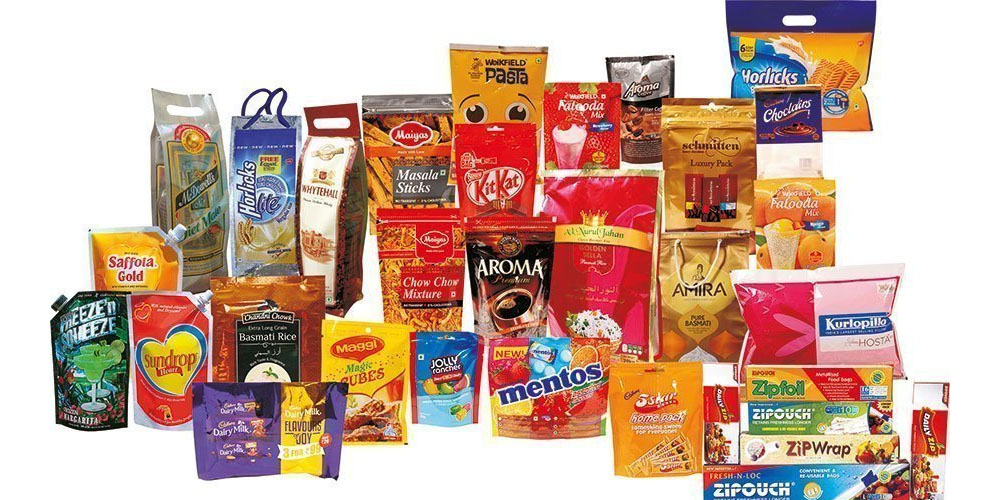The rotogravure cylinder engraving process utilizes a rotary printing press to engrave images into a cylinder. The method uses a copper-plated steel cylinder as its base. Thus, an image is engraved on its base as it prepares for printing. There are several steps associated with the rotogravure cylinder engraving process (gravure printing process). Therefore, this post will update you on the gravure printing process steps.
The gravure printing process steps
1. Design creation
The first step in the gravure printing process involves the development of the design. An organization, therefore, is required to prepare and develop either the magazines or photographs they need for printing. For the images, they can use the latest software to ensure quality.
2. Pre-press procedures
Pre-press procedures are processes used to demonstrate the development process between the final printing and the print layout. Furthermore, the pre-press procedure term is usually used in the publishing and printing industries. It involves the production of the image carrier and printing plate required for backing on the printing press.
3. Cylinder preparation
The next step involves cylinder preparation. This step is essential before the rotogravure printing process commences. The advantage of cylinder preparation is to ensure that the cylinder is not faulty and ready for production to begin. Furthermore, the preparation process ensures that the cylinder will operate at a high precision rate.
4. Copper polishing
Copper polishing is done to limit any resistance that may be present in the printing process. In addition, the copper polishing process is done to get the size needed for engraving.
5. Rotogravure engraving
This step is essential in the printing process. It follows several steps; below are the steps.
- The engraved cylinders are immersed into an ink tray, thus stuffing all the recessed cells.
- Then, the cylinder rotates, ensuring that all excess ink is drawn into the cells and on the surface.
- In the next step, the doctor blade scruffs the cylinder before it touches the paper, thus ensuring that only the suitable ink amount remains and the excess ink is cleared off from the non-recessed regions.
- Then, the substrate gets in between the gravure cylinder and the impression roller. At this step, the ink is transported to the web from the recessed cells. The impression roller work is to ensure that the substrate contacts the gravure cylinder by applying force. The gravure cylinder work is to ensure that maximum and even ink coverage. Therefore, once the gravure cylinder contacts the substrate, part of the tension of the ink’s surface tugs, transferring the ink to the substrate from the cell.
- The next step involves the inked substrate going into the dryer. The purpose of the inked substrate going into the dryer is to ensure that it is dry before proceeding to the other color compartment and admitting another ink coat. The rotogravure printing press consists of more than one color printing unit. But the color changes depending on the final image requirement.
- And the final step involves the printing material traveling through all the CMYK press successful units.
Conclusion
The gravure printing process is automated. Therefore, one image preparation and cylinder preparation is done, the machine automatically does the next steps. Thus, the process ensures that all the prints produced are uniform and of high quality. Also, the process of using the engraving machine is quite straightforward.
